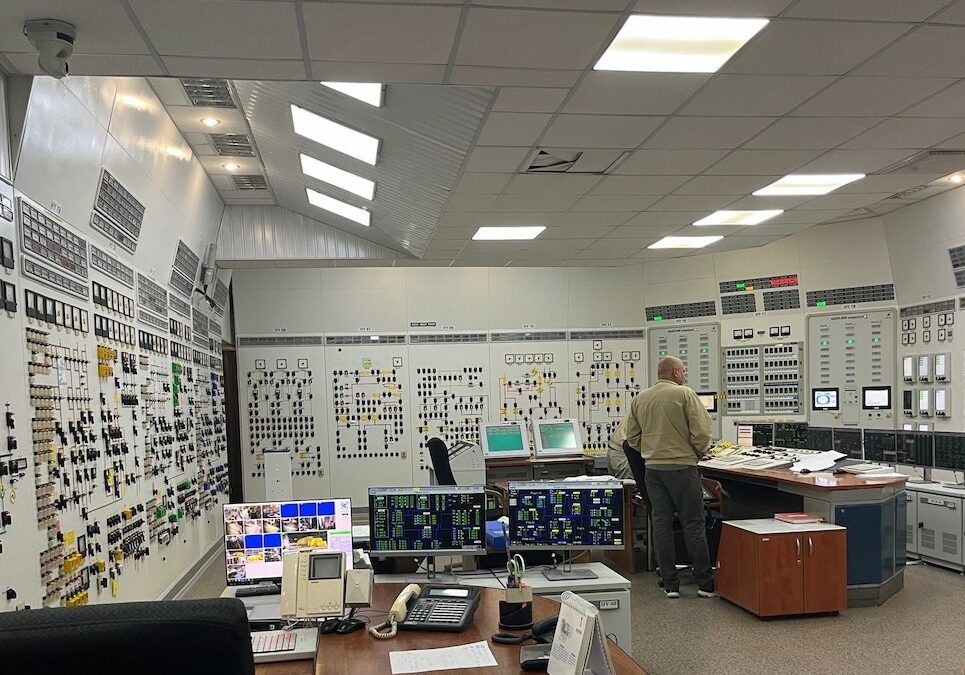Risks around Ukraine’s nukes grow

Just this week, we learn of yet more shelling all too close to the six-reactor Zaporizhzhia nuclear power plant in Ukraine, caught up in the most extensive fighting taking place in the southeast region of the country. As we approach one year since Russia invaded Ukraine, on February 24, 2022, the risks to Ukraine’s 15 reactors at four sites have not abated. On the contrary, they are significantly worse as the war now threatens to escalate to an even greater level of intensity.
While the International Atomic Energy Agency and its director, Rafael Grossi, continue to urge both sides not to engage in combat close to the nuclear plants so that safe zones can be created around them, these are yet to be implemented. An IAEA observer team is reportedly once again making its way toward Zaporizhzhia, in an effort to establish an independent assessment of what exactly is happening there.
All the nuclear power plant disaster scenarios that we warned of even before the war began, remain an ever-present danger, including complete loss of power leading to a loss of coolant disaster, and potentially meltdowns, fires and explosions; human error with a workforce laboring under duress, particularly at the Russian-occupied Zaporizhzhia site where some workers have reportedly fled or simply disappeared; and the prospect of an accidental or deliberate bombardment.
For a complete and more detailed analysis of where things stand regarding the nuclear plants in Ukraine, see our article this week on Beyond Nuclear International.
Support Beyond Nuclear
Help to ensure a safer, greener and more just world for all

